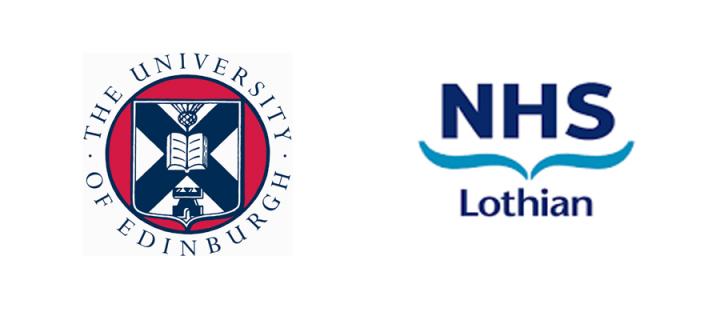Dysaesthesia associated with thoracic surgery study
Many patients experience chronic pain after thoracic surgery and this is caused by nerve damage during surgery. Changes in skin sensation (dysaesthesia) is typically associated with chronic nerve pain.

IRAS number:305523
Study approved by London Bridge Research Ethics Committee on 04/01/2022
The primary hypothesis of this study is that:
- Thoracic surgery causes sensory changes.
Secondary hypotheses are:
- Minimally invasive thoracic surgery using video cameras results in less nerve damage and so a smaller area of altered skin sensation, when compared to the traditional method of chest surgery using a large surgical incision.
- Nerve damage is associated with acute pain early after surgery.
The primary aim of this study is:
To compare the total areas of sensory changes after thoracic surgery on the operated, with that on the non-operated side of the chest.
Secondary aims are to:
- To identify the type, pattern, location and area of sensory changes associated with thoracic surgery, comparing the operated with the non-operated side of the chest.
- To compare the total area of sensory changes between the traditional method of chest surgery and the video-imaged thorascopic surgery.
- To determine whether the severity of acute pain early after surgery is associated with the total area of sensory changes.
Method
Twenty-six patients admitted for elective thoracic surgery will be recruited to this study. After thoracic surgery when their chest tubes are removed, which is usually 1-3 days later, they will be asked to rate the severity of their pain-rating scale of 0-3 where zero is no pain and 3 is severe pain. Patients will also complete a questionnaire that assesses their mood and level of anxiety.
A standard sensory examination of the skin of their chest wall and back will be performed to identify any areas of dysaesthesia. Areas of dysaesthesia will be identified using a small, blunted pin down the back and chest, comparing the operated side with the non-operated side of the thorax. Areas of dysaesthesia will be further identified by applying a needle and von Frey hair around port sites, the surgical wound, and chest drain insertion sites. Throughout this process, patients will be asked to report whether you experience any changes in sensation. Felt tip pens of different colours, will be used to mark the area of the chest where sensory changes are present. Areas will be copied onto tracing paper of a known weight per area. We will then cut out tracing paper to the same size as the areas marked on their chest. The paper will be weighed to determine the area so that the areas of dysaesthesia can be determined.
Data collection
Due to commence in February 2022.
This article was published on 8 Feb, 2022
Contact Details of Investigators
| 1. Ida Pui Ka Ho |
2. Dr R Peter Alston |
|
Medical Student |
Consultant |
| Edinburgh Medical school |
Department of Anaesthesia, Critical Care and Pain Medicine |
|
Chancellor’s Building |
Royal Infirmary of Edinburgh |
|
49 Little France Crescent |
51 Little France Crescent |
|
Edinburgh |
Edinburgh |
| EH16 4SB |
EH16 4SA |
| Email: s1713663@sms.ed.ac.uk | Telephone number: 0131 242 3180 |
|
Email: peter.alston@ed.ac.uk |

